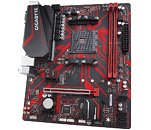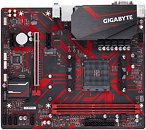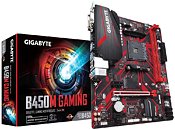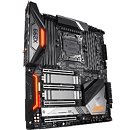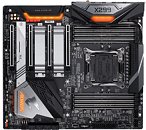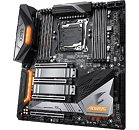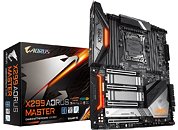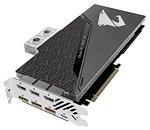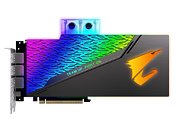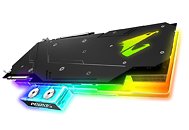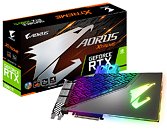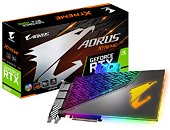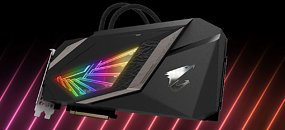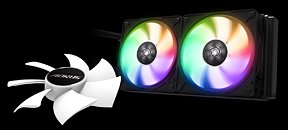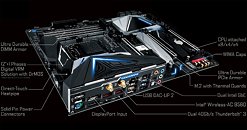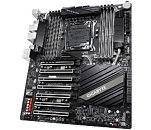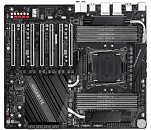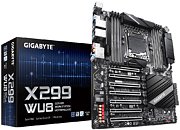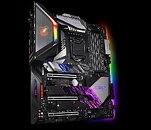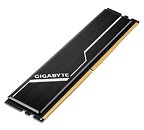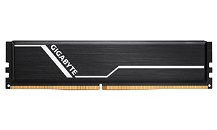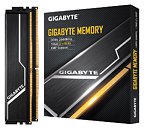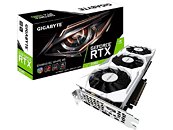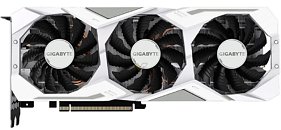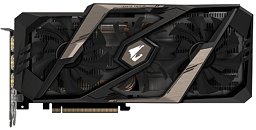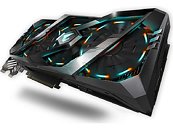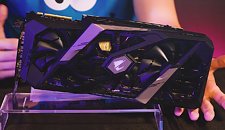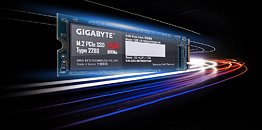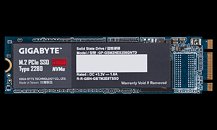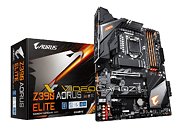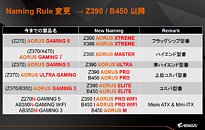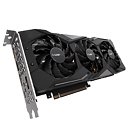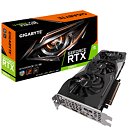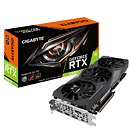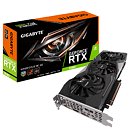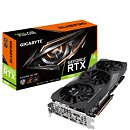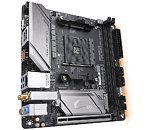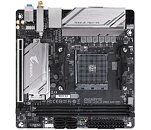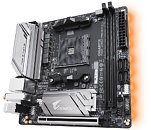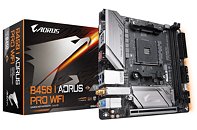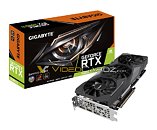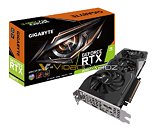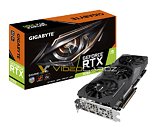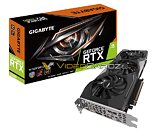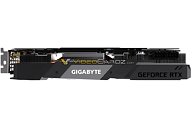
GIGABYTE Intros B450M Gaming Socket AM4 Motherboard
GIGABYTE today introduced the B450M Gaming, a low-cost socket AM4 motherboard based on AMD B450 chipset, designed to be priced under $100. Built in the compact micro-ATX form-factor (205 mm x 244 mm), the board draws power from a combination of 24-pin ATX and 8-pin EPS, and uses a 4+3 phase VRM to power the AM4 SoC. A large VRM heatsink dominates the main MOSFET block, which also covers up a portion of the rear I/O area. The AM4 socket is wired to two DDR4 DIMM slots, supporting up to 32 GB of dual-channel memory, the board's sole M.2-2280 slot, and the PCI-Express 3.0 x16 slot with metal reinforcement. Two PCI-Express 2.0 x1 slots wired to the B450 chipset make for the rest of the expansion area.
Storage connectivity includes one M.2-2280 slot with PCI-Express 3.0 x4 and SATA 6 Gbps wiring, and four SATA 6 Gbps ports. USB connectivity includes four USB 3.1 gen 1 type-A ports on the rear panel, and two USB 3.1 gen 1 ports via header. Networking, interestingly, is a 1 GbE interface driven by Realtek Dragon 8118AS controller, which was originally launched as Realtek's competitor to the i219-V (comes with various performance enhancements). Audio is a basic 6-channel fare driven by Realtek ALC887, somewhat improved with ground-layer isolation and electrolytic capacitors.
Storage connectivity includes one M.2-2280 slot with PCI-Express 3.0 x4 and SATA 6 Gbps wiring, and four SATA 6 Gbps ports. USB connectivity includes four USB 3.1 gen 1 type-A ports on the rear panel, and two USB 3.1 gen 1 ports via header. Networking, interestingly, is a 1 GbE interface driven by Realtek Dragon 8118AS controller, which was originally launched as Realtek's competitor to the i219-V (comes with various performance enhancements). Audio is a basic 6-channel fare driven by Realtek ALC887, somewhat improved with ground-layer isolation and electrolytic capacitors.
